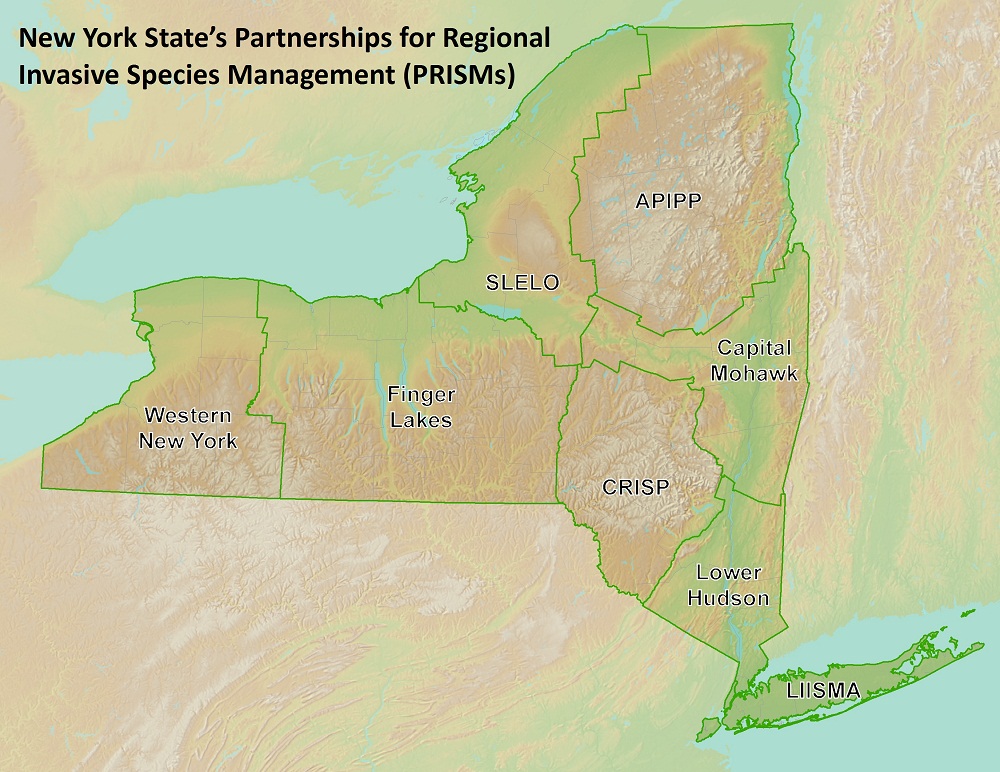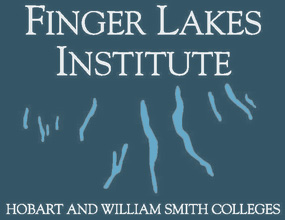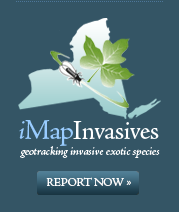Invasive News
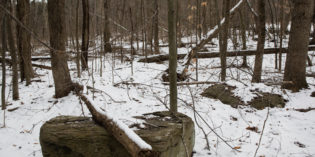
Polar Vortex – Friend or just a Cold Shoulder
The polar vortex that hit Central NY in late January may have helped out with the effort to reduce the impact of invasive species.
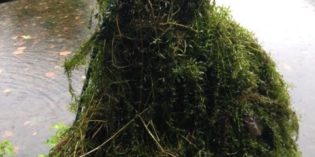
Track the Hydrilla Hunt in the Finger Lakes
We’re on the hunt for Hydrilla and you can follow along in near real time. Our team is performing our annual Hydrilla survey and recording the results ion ArcGis.
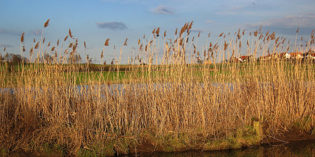
Using the Microbiome to Fight Phragmites
Researchers are exploring using helpful bacteria and fungi to combat invasive plants.
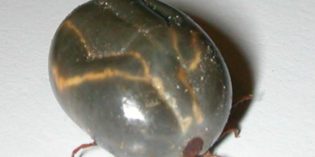
New Invasive Tick Found in New York
New, invasive tick is another critter to be aware of when planning fall outdoor activities.
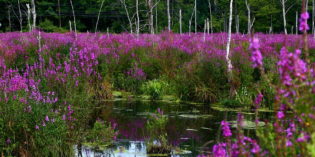
Are Invasives Going Native?
Invasive species become increasingly adapted to new environments thanks to natural selection. This underscores the need for early detection and rapid response (EDRR) to invasives, preventing them from gaining a foothold, adapting and expanding.
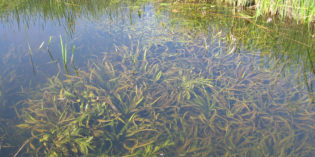
Using eDNA to Inventory Invasive Species
In a new study the use of environmental DNA (eDNA) was extended to monitor aquatic plants offering the promise of lower cost species inventories.
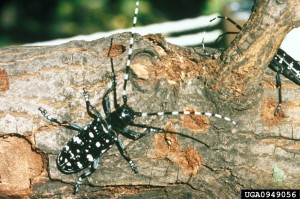
Help Keep ALB Out
Pool monitoring offers a simple, economical approach to surveying for Asian Longhorned Beetles (ALB) which would be devastating to our maple syrup industry if they invade.
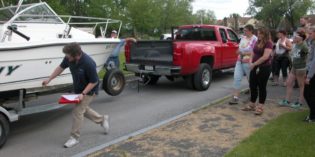
Boating and Fishing Industries Focus on AIS
Leaders from the boating and fishing industries recently formed the Boating and Fishing Aquatic Invasive Species Coalition. They will work together to support efforts to control and manage AIS on a national basis.
